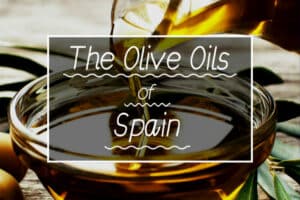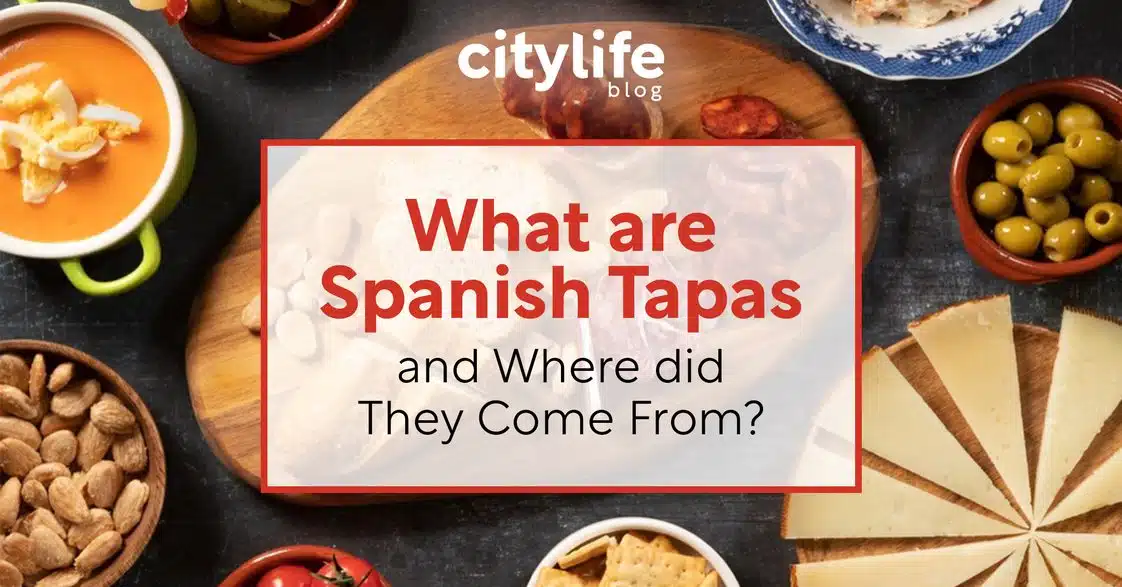
If you think about the gastronomy of Spain, you probably think of one thing in particular: tapas. Tapas are an integral part of the Spanish culture, as they combine delicious food and spending time with friends into one. The tapas culture of Spain has even spread to other countries as a popular way to put a twist on a classic tradition.
If you’re looking for a list of Spain’s most famous tapas, check out our article called Classic Spanish Tapas for Newcomers.
What are Tapas?
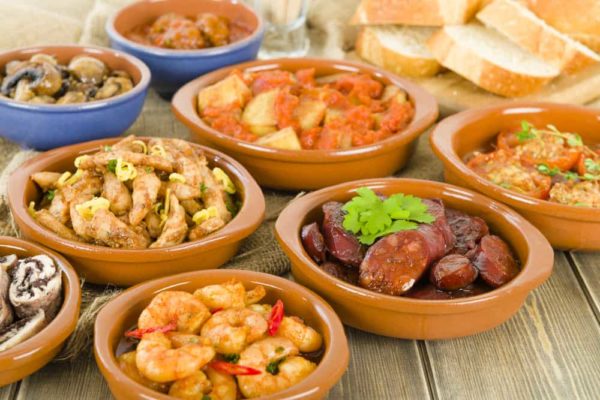
Tapas are essentially small plates of food served with a drink. Usually these drinks are alcoholic, like beer or sangria. In most places, you’ll get a tapa for free when you order a drink, but be aware that it might be a more basic one, like olives. In some places, however, like the more touristic locations in the city centre, you will have to pay.
Don’t confuse tapas with appetizers! Tapas, although differing in type of food served, are in their own category
There are a wide variety of tapas, both hot and cold. From classic tortilla de patatas or jamón serrano to the more exotic caracoles (snail), there’s something for everyone. If you want to see a full list of Spanish tapas, click here.
Where do Tapas Come From?
There are a lot of different stories surrounding the origin of tapas. Some people say the creation of tapas was in the 13th century by King Alfonso X of Castile. While recovering from an illness, the King could only eat and drink in small amounts. After regaining his health, he made a decree that all drinks should be served with something to eat. Another similar story is that lower class workmen would spend their salaries on alcohol rather than food, getting drunk and rowdy in the process. In order to keep things in hand, the King decreed every cup of alcohol must be served with a plate of food.
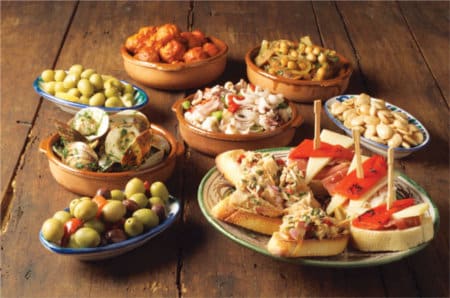
The word “tapa” comes from the Spanish word tapar which means “to cover”. One popular story is that King Alfonso XIII traveled to Cádiz and stopped at a tavern on a windy day. In order to keep the dust and sand out of the King’s drink, the bartender put a slice of ham on top. The King loved this so much he ordered another drink. Some people will also say tapas were created to hide the bad smell of a cheap wine or to keep out pesky flies. No matter which story you believe, we can all agree that tapas are delicious!
Tapas Culture in Spain Today
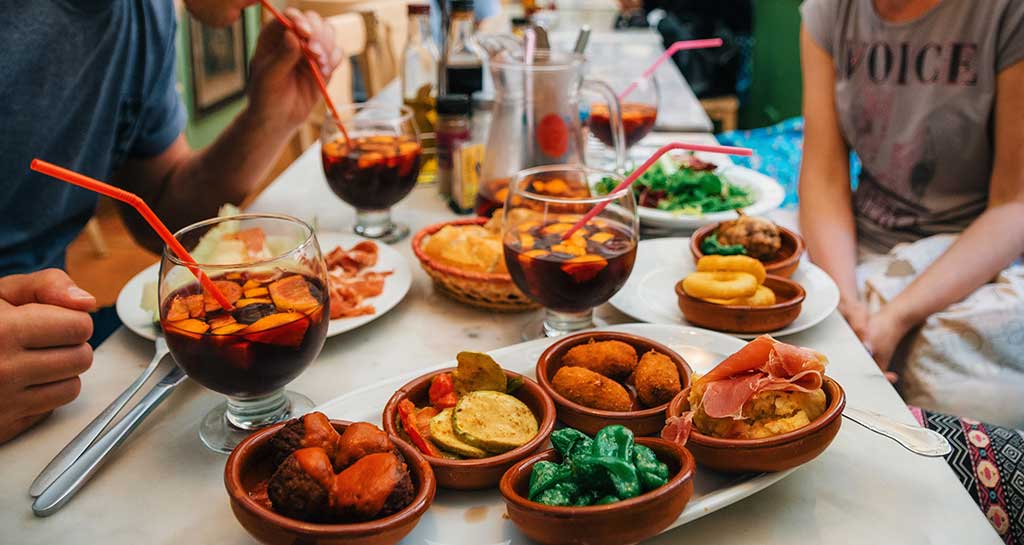
Tapas today are still rooted in tradition. In some Spanish cities, like Granada, you can get great tapas for free with your drink. In other places, like San Sebastián, tapas (actually called pintxos) are more gourmet and need to be ordered.
Something more new to the tradition is that most people will “go for tapas”. This means they’ll have a drink and tapa at one bar before moving onto another bar, making a night out of sampling different food and drink.
Most people will go for tapas before a late Spanish dinner, while others make it the meal itself. In a group of people, you can order, share, and enjoy several plates. It’s clear that tapas are incredibly social! There are several tapas bars here in Madrid, and you can click here to find some of the best ones according to Condé Nast Traveler. A fun fact is that most tapas bars don’t have chairs, just a bar top or tall tables. In some tapas bars, you’re even encouraged to throw your used toothpicks and napkins on the ground!





